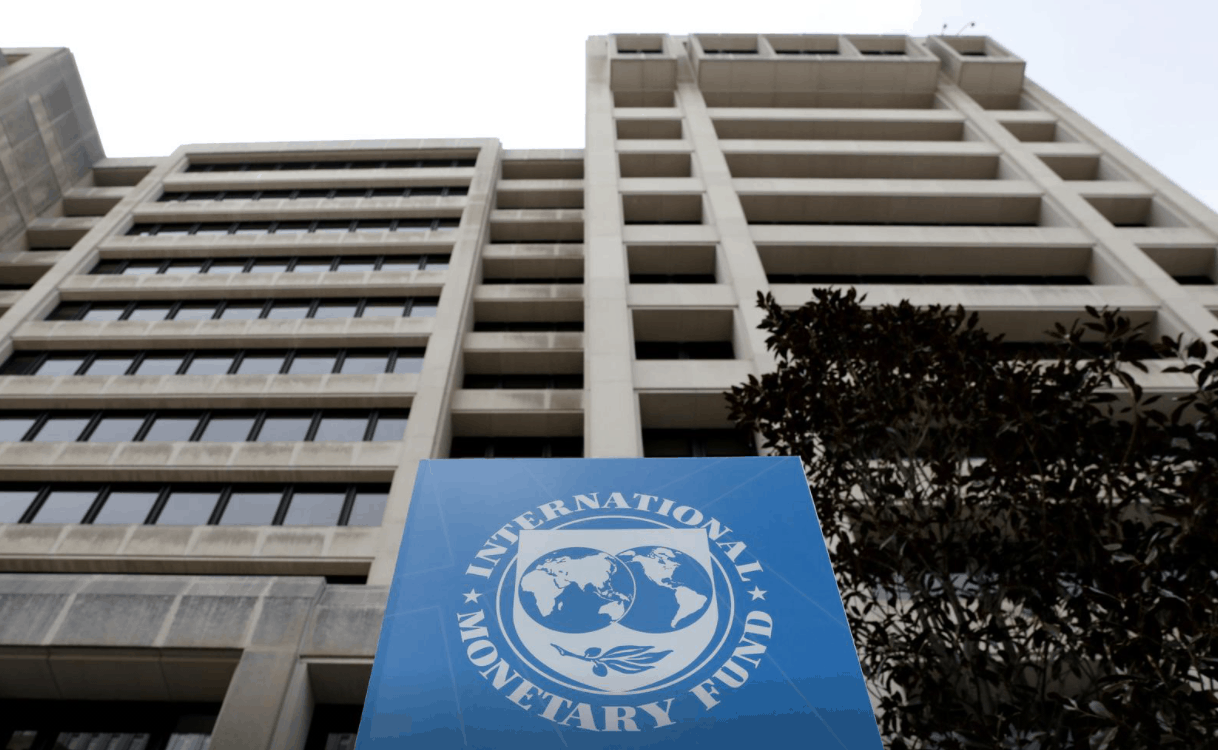The Executive Board of the International Monetary Fund has agreed to raise the medium-term target for the fund’s precautionary reserves given a sharp increase in financial risks since 2018, the IMF said on Friday.
The fund’s 24 executive directors increased the target to Special Drawing Rights 25 billion, or around $36 billion, from SDR 20 billion, or $29 billion, after a regular biannual review conducted at the end of October, the IMF said in a statement.
SDRs are the IMF’s own unit of currency.
The review, delayed by a few months to permit an assessment of the impact of the COVID-19 pandemic, showed a significant increase in the fund’s credit exposure and related risk since the last review in 2018, compounded by the pandemic.
“Credit outstanding has nearly doubled, including a surge in emergency financing without conditionality, and commitments under precautionary arrangements are higher than at the last review,” the IMF said in its statement.
It said credit had become more concentrated and scheduled repurchases were larger and more bunched. The current target for precautionary balances of SDR 20 billion was also likely to drop below the indicative range this fiscal year and next.
Given these developments, directors agreed to keep the minimum floor for precautionary balances – which include general and special reserves and a special contingent account – at SDR 15 billion and raise the medium-term target to SDR 25 billion, while continuing to monitor the situation carefully.
The IMF noted that some directors pushed for an even higher target, but did not identify them. It said they agreed to reassess the situation before the next regular review in 2022.
The directors agreed there was no current need to accelerate the pace of reserve accumulation, although a few directors urged consideration of options to do so.
The executive board noted that program design, conditionality, lending policies, and the fund’s preferred creditor status also help limit the IMF’s risk exposure.

